


The Victory Lighthouse was built to illuminate the Gulf of Trieste as well as to represent a support for a "navigation of other times". But not only. It is also a commemorative monument dedicated to the sailors who fell during World War I as well as celebrating the passage of the city of Trieste to the kingdom of Italy.
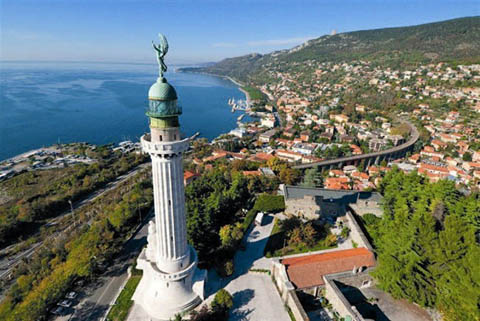
The new work, therefore, was designed by the Trieste architect Arduino Berlam (1880-1946) and the sculptor Giovanni Mayer (1836-1943) and was built, between February 1923 and May 24, 1927, in the district of Roiano a few steps away. from the center of Trieste.

Today, the Vittoria lighthouse can be seen from all over the city. It stands on the Gretta hill and reaches a record height of seventy meters which, due to its size, is second in the world only to the Statue of Liberty in New York.
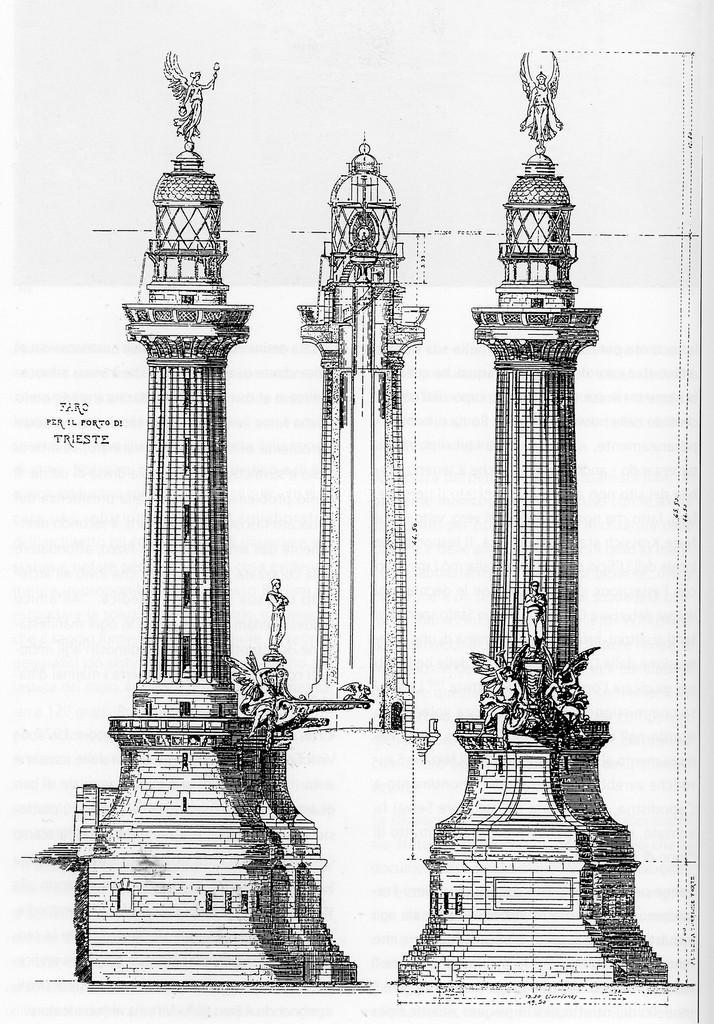
The Victory Lighthouse rises 130 meters above sea level, and finds solid foundations in the round bastion of the former Austrian fort Kressich (1854 - 1857). It is lined on the outside with blocks of Istrian and Karst stone. The ornamental part, on the other hand, depicts a sailor and was built, based on a project by Mayer, using hundreds of tons of Vrsar stone.
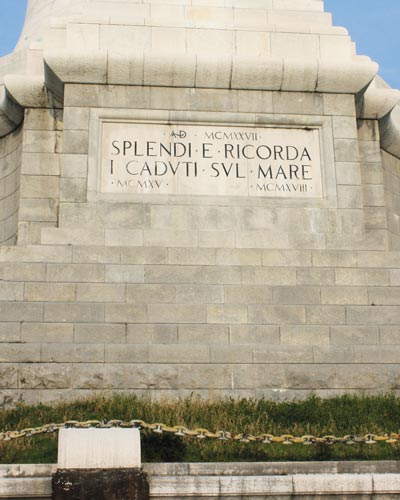
The statue of the sailor is eight meters and sixty centimeters high and displays the image of a sailor with the classic rain hat of the Regia Marina, known as the "South-West", and high work boots while scanning the Gulf.

At the foot of the structure is the anchor of the torpedo boat Audace: the first ship that, in the distant 3 November 1918, reached the port of Trieste. Its dual purpose remains that of "celebrating the passage of the city of Trieste to the Kingdom of Italy as well as" commemorating those who fell overboard during the First World War ".
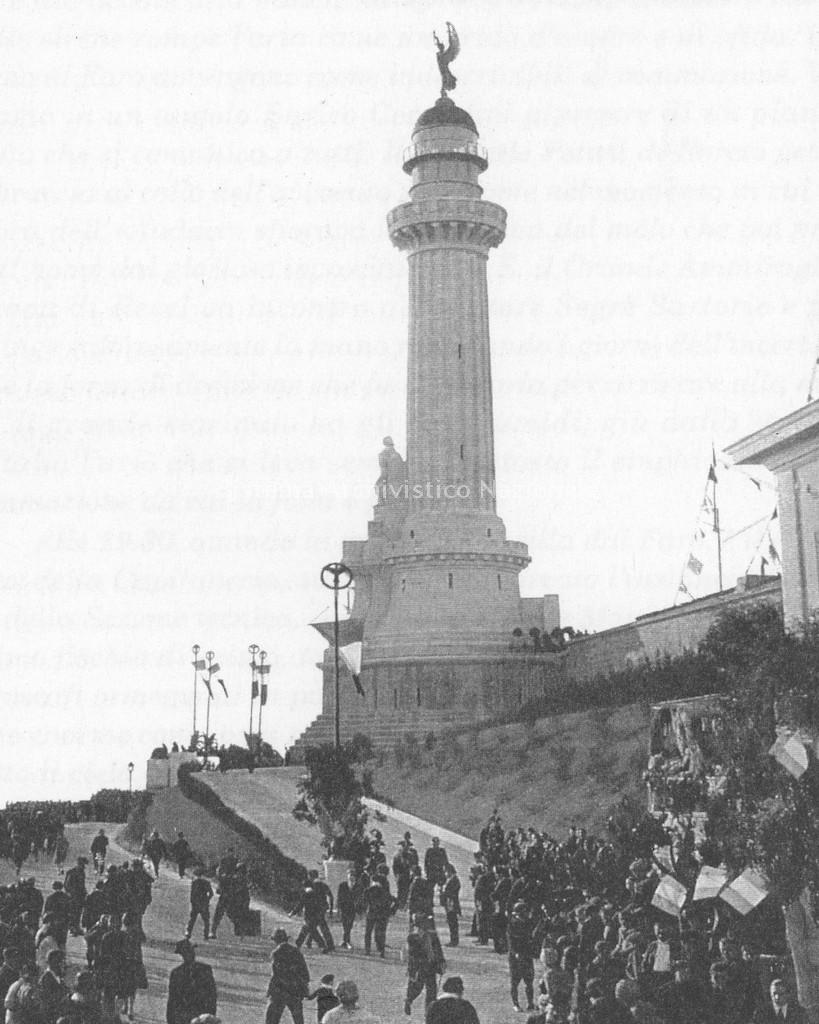
Above the lighthouse, the statue of Winged Victory is in good life, raising a torch with her left hand, while holding a laurel column with her right. The Winged Victory was also the work of the Trieste sculptor Giovanni Mayer, and was made of embossed copper by the craftsman Giacomo Sebroth.

To withstand the strong gusts of the Bora, characteristic of this extreme strip of Italy, it was anchored to a steel tube that engages in the tower while its wings have some openings aimed at reducing its resistance. The crown that adorns the head, on the other hand, hides the system of protection from atmospheric discharges.
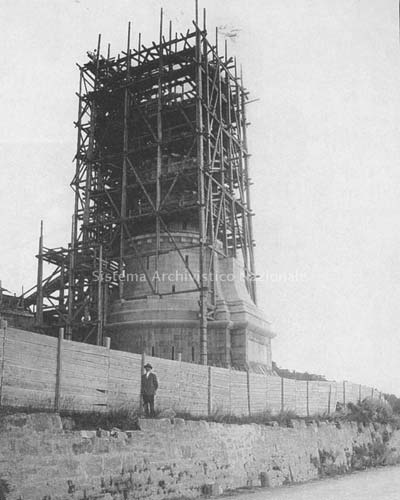
At the foot of the Lighthouse, an epigraph "MCMXXVII Shines and remembers the fallen on the sea MCMXV - MCMXVIII" is on display which seems to want to underline how this lighthouse, with its light, represents an instrument of the past that serves to guide sailors contemporaries of the Gulf, but also wants to remember the many who died in the sea of ??the past.
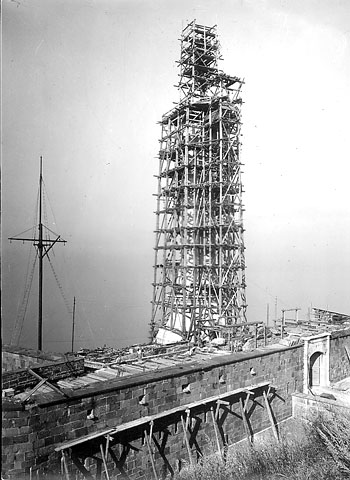
The chain, which surrounds the flowerbed at the base of the lighthouse, and the two bullets placed at the entrance are of distant memory. In fact, they belonged to the Austro-Hungarian battleship Viribus Unitis, which was sunk in Pula by raiders of the Italian Navy. It was back in 1918.
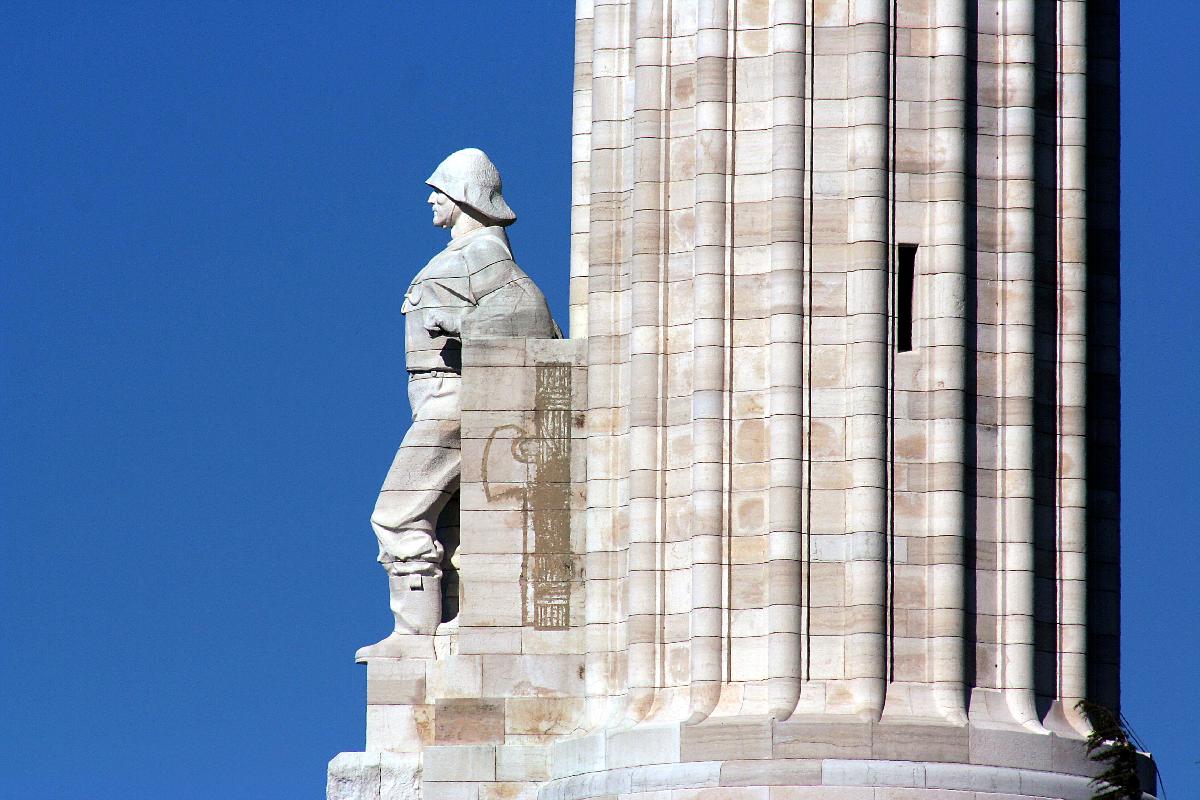
The lighthouse represents one of the most beautiful and characteristic attractions of Trieste. It can be visited for free although it is not always open. More information on how to visit, opening hours and days are available online.

Under the lighthouse, close to the sea of the Gulf, the port of Trieste winds its way and that coastal coast that takes the name of Barcola, and is the favorite destination of Trieste for a walk or, in the hot Trieste summers, a regenerating bath.
.jpg)
A short Documentary:
In the Telequattro Newsletter, Umberto Bosazzi tells the story of the Lighthouse (click).
Victory Lighthouse
Address: Strada del Friuli 141, 34136 Trieste TS
Phone: +39 040 377 4783
Site:
https://www.farodellavittoria.it/Location inserted by
Marco Cadelli